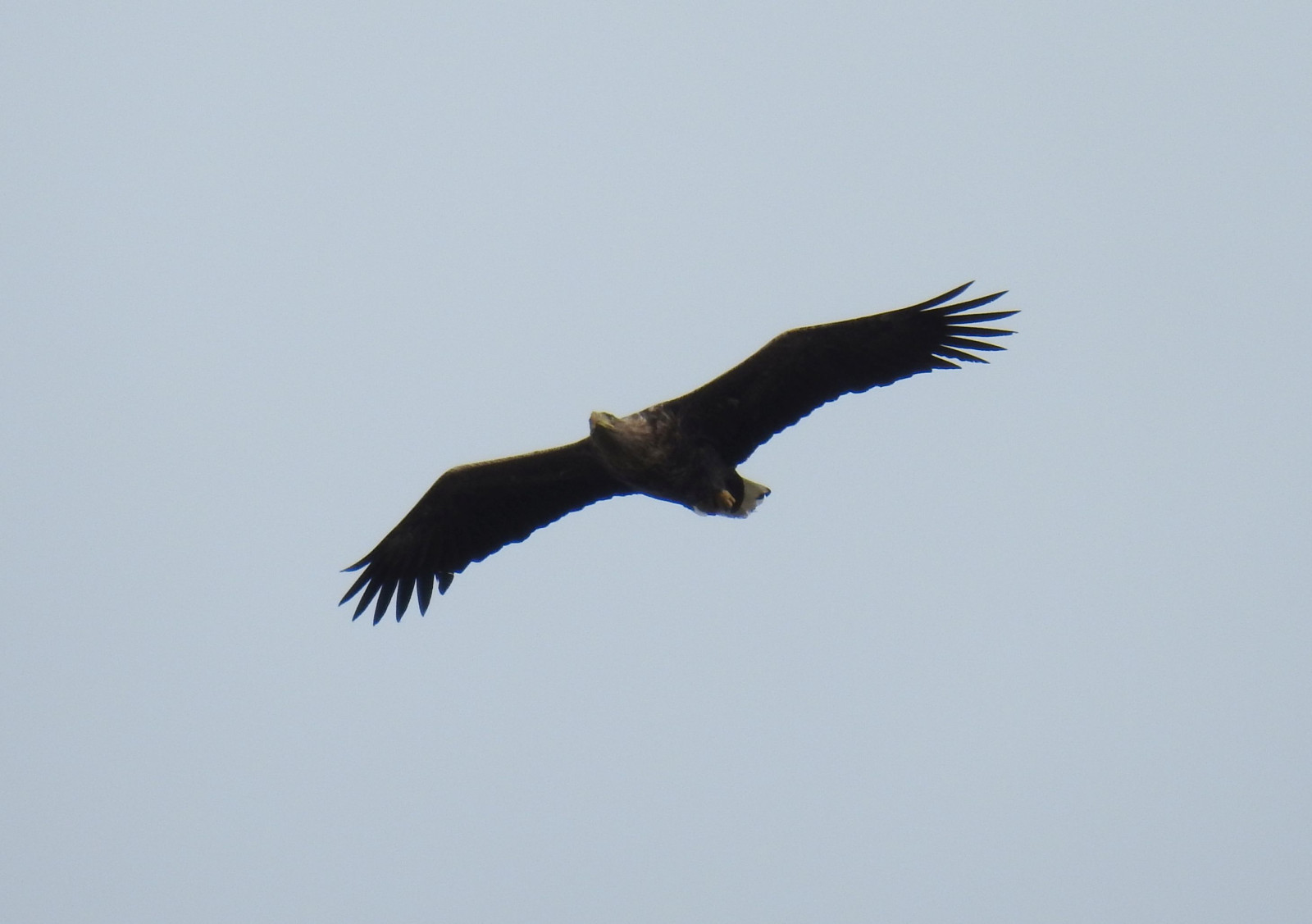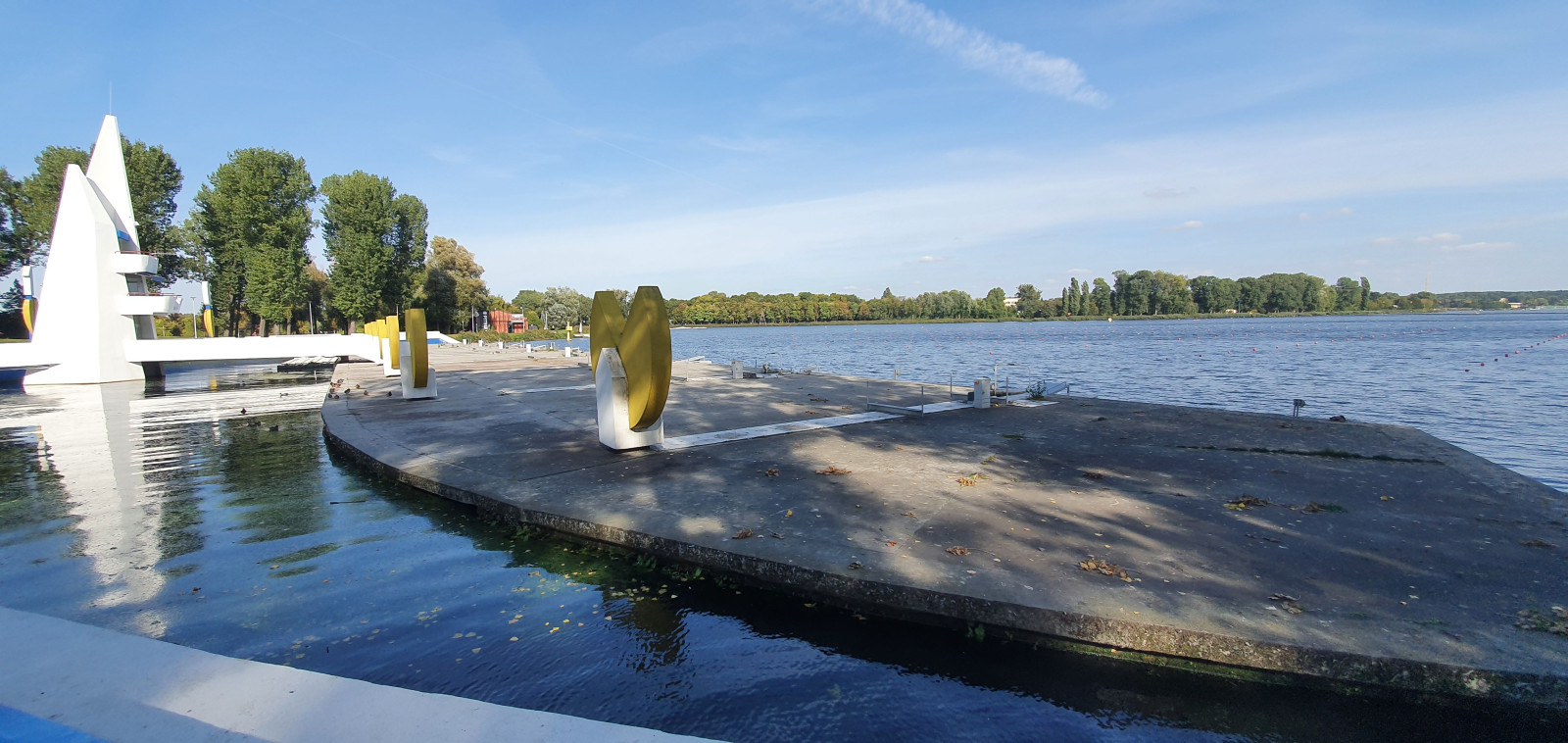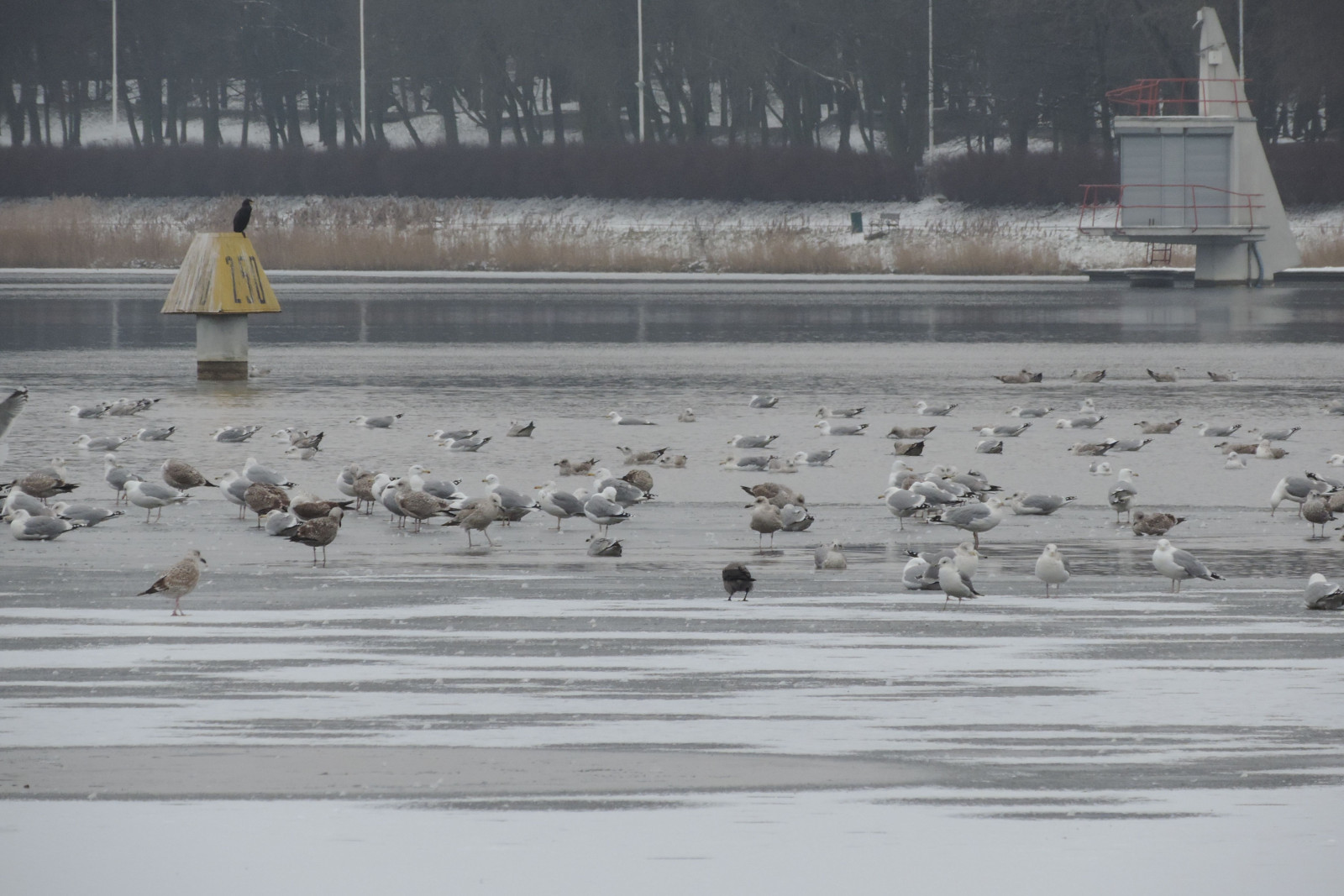Beschreibung
Maltańskie Lake was created in the 1950s and functions as a rowing track. Around the reservoir there are recreation areas - thermal baths, an artificial ski slope, bicycle paths, etc. The most interesting time at the lake is in the autumn and winter, when thousands gulls gather for the night: Silbermöwe, Steppenmöwe, Lachmöwe (2000-3000 ind.), Sturmmöwe and single Schwarzkopfmöwe, Mittelmeermöwe, Heringsmöwe, Mantelmöwe. Three rare seagulls were also found on the lake: Eismöwe, Polarmöwe and Fischmöwe. This is a very popular place for ring readers.
Seeadler and Wanderfalke sometimes come to the lake to hunt gulls. Single sea ducks and divers also appear regularly during this period: Samtente, Trauerente, Bergente and Prachttaucher. Due to the few places with a belt of reeds, there are not many breeding species here. The more interesting birds that can be observed quite regularly here are Grünspecht, Eisvogel and Gebirgsstelze.
Details
Zugang
Maltańskie Lake is located in the city center, so there is no problem getting there by public transport or by bike. A bicycle path and a walking route run around the lake. On the northern shore the paths are not separated, so watch out for cyclists and rollerbladers.
Terrain und Habitat
See , Stadt/DorfBedingungen
Flach , Kein Schatten , Offene LandschaftRundweg
JaIst ein Spektiv nützlich?
Möglicherweise hilfreichGute Beobachtungszeit
Winter , Frühjahr , HerbstBeste Beobachtungszeit
Winter , HerbstRoute
asphaltierte Straße , Normaler WegSchwierigkeitsgrad der Tour
EinfachErreichbarkeit
zu Fuß , Fahrrad , RollstuhlBeobachtungshütten oder -türme
NeinZusätzliche Informationen
Partially along the northern shore there is a narrow railway route leading from the western shore to the zoo - a nice attraction.



,_Etangs_de_Stavelot,_Belgien_(38631119665) Frank Vassen.jpg)
